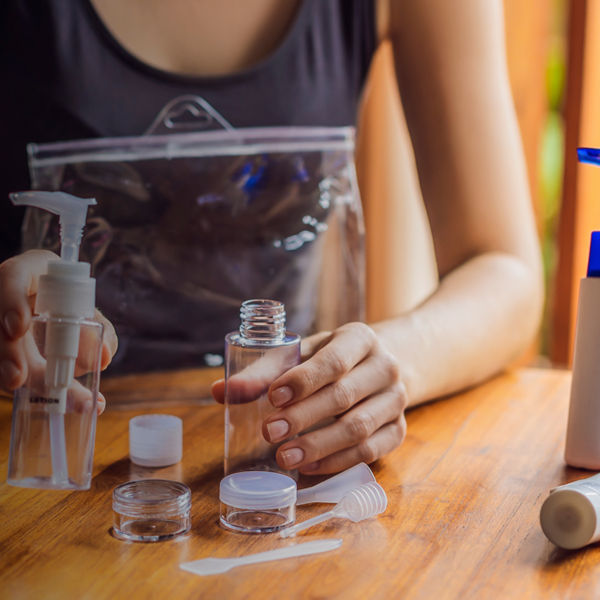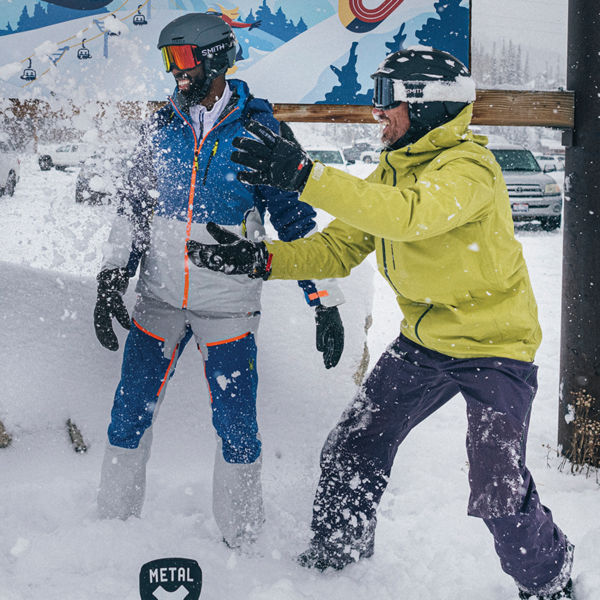
Traveling is both exciting and a little bit daunting. Who doesn’t like to explore near and far? But planning and packing can be overwhelming. Packing too little and packing too much both have drawbacks.
Use this comprehensive list to get started. And remember, you'll also need to customize your gear for specific activities. If you booked a guided trip, make sure you know what equipment is provided and what you'll need to bring.
Our philosophy: Keep it simple. Go as light as possible without forgoing the essentials, and you’ll be happy to be a nimble traveler.
This Packing List Covers:
- Travel Documents
- Personal Items
- Travel Gear
- Gadgets
- Travel Apparel
- Flight Essentials
- Hostel Comfort
Travel Documents and Planning
Organize your travel documents and make digital and print copies of everything before you go. Take printed copies of all essential documents, and have access to digital copies online. Clean out your wallet and only take what you need.
Identification
You'll need an identification card for any travel, but also a passport if you are traveling internationally. Make sure your ID is current and will not expire within six months of your last day of travel.
Visas
If your destination requires obtaining a visa before arrival, allow plenty of time for the process and bring copies.
Travel Insurance
Trip protection is relatively inexpensive and can be a lifesaver if you have lost luggage, trip cancellations, injuries, or illness. If you forgo travel insurance, be sure to call your health insurance provider and understand your coverage before you go.
Local Currency
If you are traveling internationally, go to your bank and exchange money before you depart (you’ll get a better rate at the bank than the airport). It's good to have cash on hand when you arrive. Research the destination to learn about bank and ATM access and if the region where you'll be traveling accepts credit cards or primarily deals with cash. Always have small bills handy.
Itinerary and Reservations
Print itinerary and reservation confirmations and have digital copies accessible.
Emergency Contacts
Leave a copy of your itinerary and travel documents with emergency contacts at home. Print a list of emergency contacts, and keep it with your wallet or travel documents.
Financial Institutions
Set a travel alert with dates and destinations with your credit card companies and banks.
Travel Advisories
Check the U.S. State Department website for travel advisories for your destination before you plan your trip and again just before you go.
Personal Items
Toiletries
Buy travel-size toiletries or refillable bottles, including toothbrush, toothpaste, face wash, shampoo, and conditioner.
Medications
Bring all prescription medications that you will need for the duration of your trip, plus at least a week’s extra in case your return is delayed.
First Aid Kit
Pack a basic first aid kit with antiseptic wipes, antibiotic ointment, gauze pads and bandages, medical tape, tweezers, scissors, and safety pins. Also, consider bringing medications including an antihistamine, anti-inflammatory, sleep aid, eye drops, anti-diarrheal, and motion sickness. For extended trips to remote areas, consider asking your doctor for a prescription to a broad-spectrum antibiotic.
Sunscreen
Protect yourself with an SPF lotion.
Hand Sanitizer
Enough said.
Mask
While pandemic mask mandates have lifted in some regions, they are still required in other areas and most transportation. Masks are also recommended to combat pollution.
Instant Coffee
If you need caffeine to get going, instant coffee will be like gold when there’s no cafe in sight.
Snacks
Bring bars and trail mix, anything to hold you over on long travel days.
Gear
These are just the basics; you might need additional equipment for activity-specific trips. For guided trips, be sure to check on what gear is provided.
Pack or Duffel Bag
A travel pack, duffel bag with straps, or conventional backpack all work, depending on your trip details.
Day Pack
You'll want a smaller backpack for day trips and plane travel.
Footwear
At the very least, you’ll want comfortable hiking shoes that can double as town footwear. Depending on conditions and plans, you might also want a lightweight pair of sandals or trail runners.
Headlamp
A hands-free headlamp is a must for the backcountry, and is also handy for lodging with unreliable lighting, navigating dark city streets, and more.
Reusable Water Bottle
Bring two if you’ll be traveling in hot weather or in an area with sparse water sources.
Water Treatment
In many developing countries, you’ll want to purify water in town as well as in the backcountry. There are many types of treatment devices; chemical purifiers are a great lightweight backup.





















